The Ice Dam Cometh
Our apologies to the late Eugene O’Neil, author of the great classic “The Ice Man Cometh,” but it is December, and the ice dams are coming. Maybe. Some years we are spared, and others are hellacious. What’s the worst recipe for ice dam formation? Heavy fall and/or early winter wet snow and subsequent cold weather create excellent conditions for ice dams. Temperatures also need to stay well below 40 and some winters that happens. But some winters are notoriously dry and warm. The “Farmers Almanac” is predicting a nasty winter, and meteorologists scoff at that, but then many of us have our own issues with weather predictor’s reliability. Who knows what will happen!
In the last few years, we have had less snowpack early on, but then our area experienced temperatures that rose to the mid to low 40s. That melts ice dams very quickly. So will rain and warm wind which we’ve also received in December and January. It’s also warmer than you think up there on the roof, even in the winter months, so ice dams can melt quickly in those conditions.
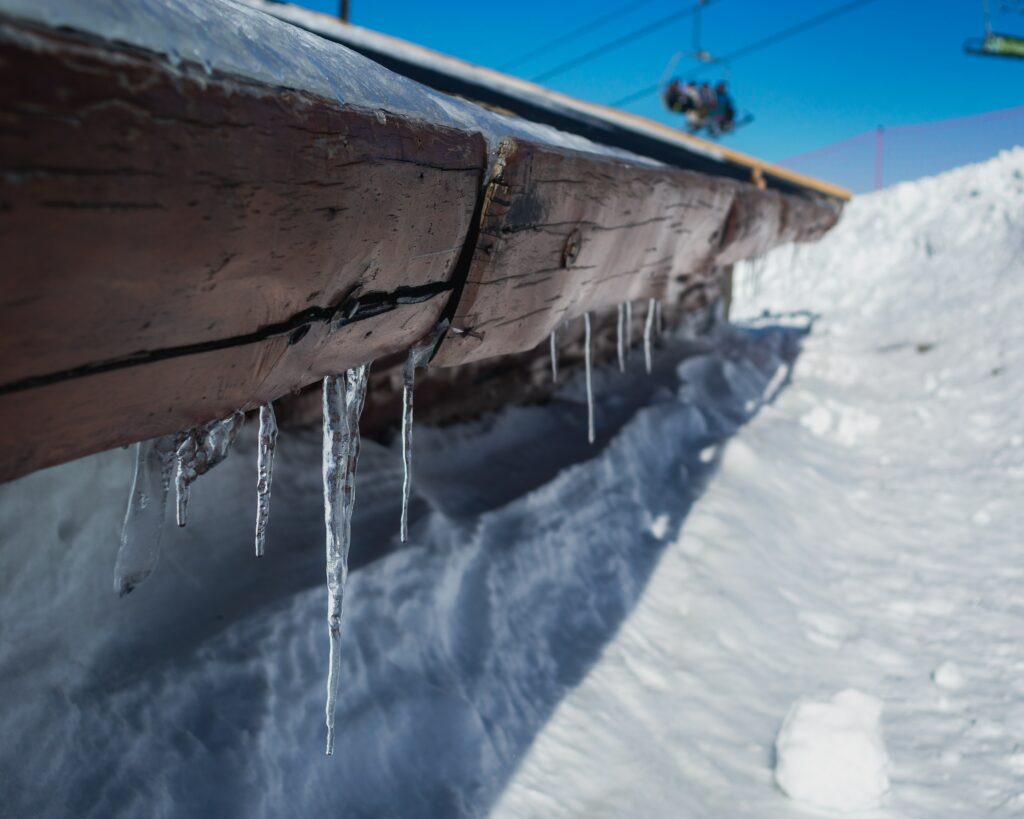
The recent November 29th storm dropped 8 inches on the Metro, so now we have an increased risk for ice dam formation. We’ll see what Mother Nature gives us going forward, but periodic melting and refreezing will cause ice formation on roofs that are not well insulated or have other issues.
What should people do now? We recommend removing the snow and ice from their roofs with rakes or other snow removal equipment. Unreachable areas are an issue. Since this is dangerous work, Lindstrom works with ice dam removal professionals who can be called in to remove ice and snow from roofs. Ice dam removal isn’t for amateurs. Steam equipment is used to remove the ice safely, so the roof is not permanently damaged. Also, since it is dangerous work, rates are higher than one would expect.
If you are a do-it-yourselfer, be careful with snow removal. Being too aggressive with a rake will cause damage to the shingles. There are rakes out there that have wheels on them to lift them slightly off the roof surface. One of the best tools we have seen for safely and easily removing snow from areas you can reach on your roof is the Avalanche Snow Removal system https://avalanche-snow.ca/ They are available locally at many big box and hardware stores. Check out the video on the website to see how they operate. The system has extension poles that will enable you to get far up the roof where there might be vents.
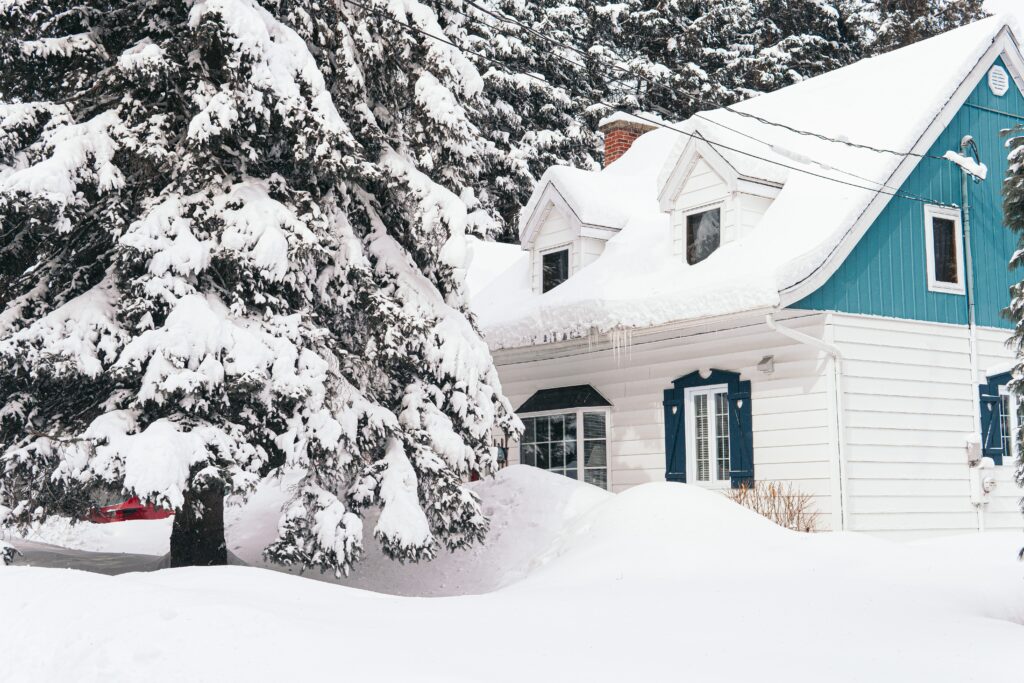
It’s obviously common sense but getting up on snowy and icy roofs is very dangerous, especially the higher pitches. Also, climbing a ladder can be precarious, especially when the ground below is slippery or unstable. Avoid chopping the ice dam on a roof. You can puncture the shingle, the ice, and the water shield below it as well as the underlayment. We are not insurance experts, but our observation is, carriers will not cover resulting damage to the shingles when homeowners use ice picks, shovels, or aggressive use of pressure washers. Ask your insurance agent whether water damage resulting from unskilled attempts to clear ice dams is covered. Usually, stupidity is covered.
So, what is an ice dam? It is a layer of ice that forms, usually at the end of the roof, or valley when heat escapes from the house that has a lot of snow on it. The snow melts when temperatures rise above freezing and the resulting water runs down to the end of the roof where temperatures are below freezing. The water freezes into ice and when the cycle of thawing and freezing occurs for a few days, the ice will get thick. The water underneath sometimes backs up and eventually leaks into the home.
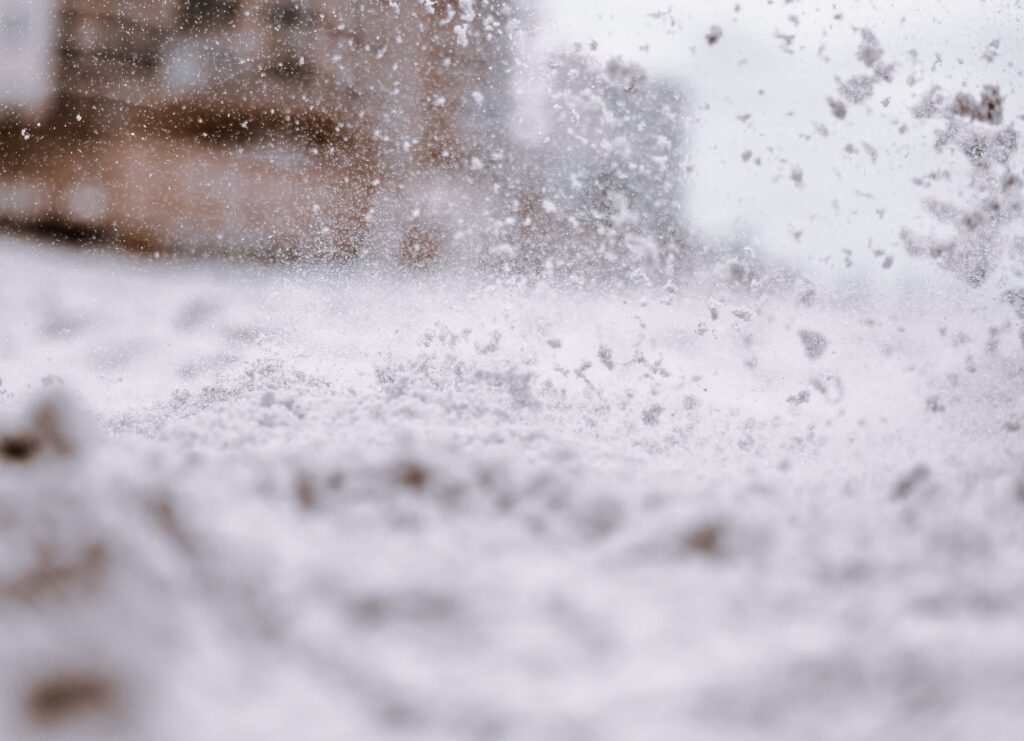
What causes ice dams? Generally, roofs that are not insulated properly or don’t have sufficient air movement between the upper floors and the roof itself. Heat escapes from the house and goes right up the roof. Snow and ice melt during the day, and at night things refreeze. Eventually, ice builds up in a dam at the end of the roof and the water backs up and sometimes leaks into the home. Ice and water shield, the membrane that is now required to be put on roofs, often keeps water from entering, but some homes don’t have it, or the contractor did not install it properly. Some roofs are older and there was no ice and water shield required back years ago by code. Now, especially after all the summer storms, almost all homes have ice and water shield installed unless a do-it-yourselfer or contractor decided to cut corners and save money. In the long run, that is penny-wise and pound-foolish.
Sometimes vents and heat stacks aren’t insulated properly and condensation results as a result of the temperature difference. The resulting water can drip down into the house. The University of Minnesota Extension has published a great article on the topic which includes a diagram that illustrates how ice dams form. Check it out. https://extension.umn.edu/protecting-home-rain-and-ice/dealing-and-preventing-ice-dams Questions? Let us know!
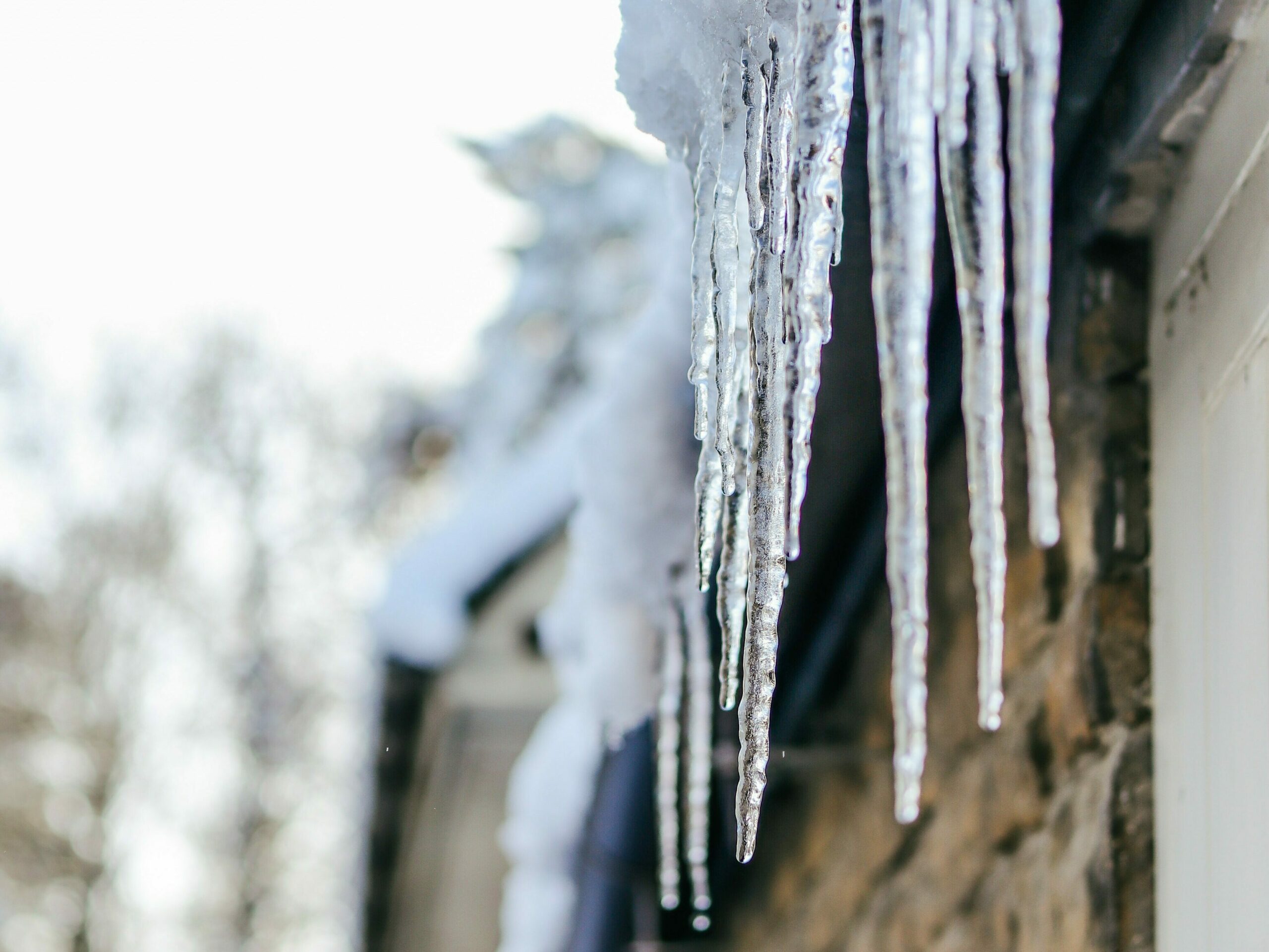
Ultimately ice dams can lead to water damage, and that can lead to mold formation and potential respiratory problems or worse. Again, check with your insurance agent, but our experience is water damage as a result of the ice dam is covered by most carriers. However, your carrier will not pay for proactive ice and snow removal. Ask your agent if there is coverage for snow and ice removal in the immediate area of leakage.
Can’t afford to do a significant repair, or renovation to stop heat loss? There are “band-aid” solutions to ice dam issues. Some consumers use heat cables/tape to prevent ice buildup on the roof. This is a temporary solution. We’ve also seen people throw large salt tablets up there to melt a dam. Some creative people fill pantyhose with salt and lay them on roofs. It’s rather unsightly but it may work. Others just keep aggressively removing the snow from their roofs.
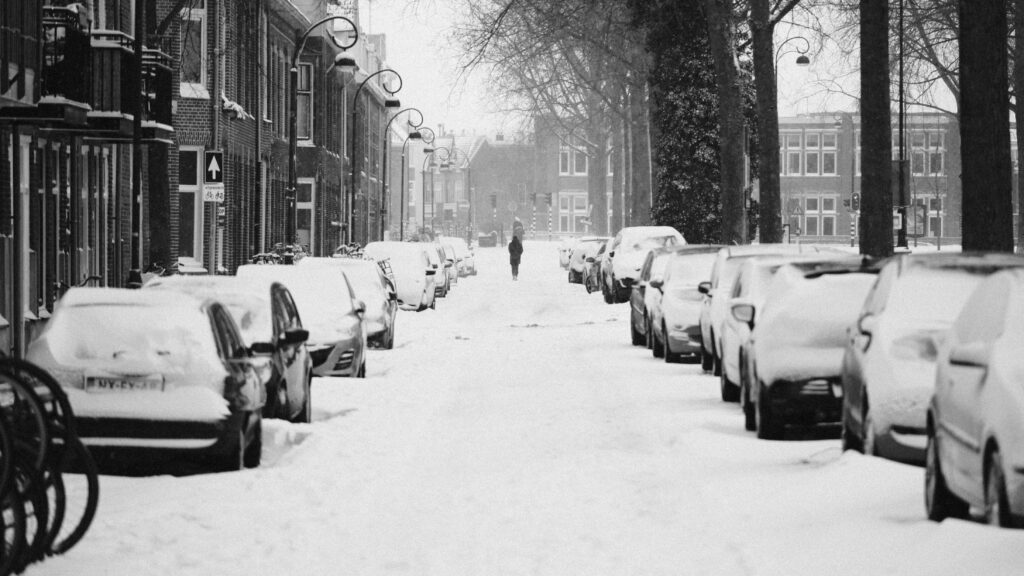
What do you do if water damage has occurred? Lindstrom can dry things down and do the eventual repairs once the weather warms up. Drying is important because of the risk of mold. However, the key is to get the snow and ice off the roof to stop the leaking and to keep it off until spring (when repairs can be made) to stop the water intrusion. Home and business owners can call us 24/7 nights and weekends with emergency water situations. We have a company professional taking calls live 24/7.
Call Lindstrom Restoration with ice dam or water damage issues as well as solutions for ice dam and snow removal at 763-544-8761.